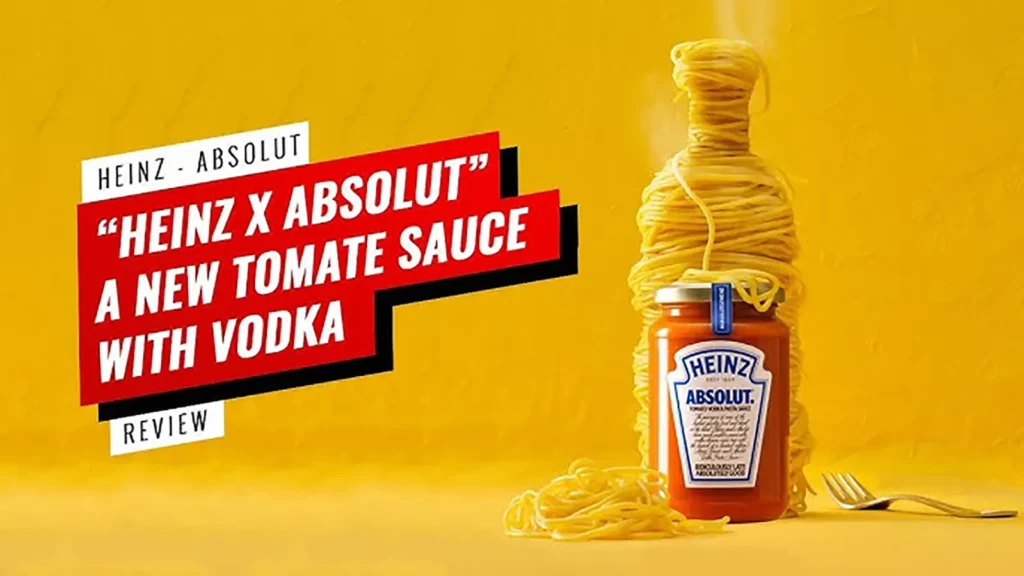Introduction
In today’s digital landscape, social media marketing has become an indispensable tool for businesses to connect with their audiences, build brand awareness, and drive conversions. With billions of active users across platforms like Facebook, Instagram, LinkedIn, TikTok, and Twitter, the opportunity to reach your target audience has never been greater. But what makes social media marketing truly effective, and how can you harness its full potential?
This comprehensive guide delves into the strategies, trends, and success stories behind impactful social media campaigns. You’ll discover actionable insights, proven techniques, and practical examples to take your social media marketing efforts to the next level.
Why Social Media Marketing Matters in 2025
1. Expanding Reach and Visibility
Social media platforms host diverse user demographics, making it easier than ever to connect with your ideal audience. Whether you’re targeting Gen Z on TikTok or B2B decision-makers on LinkedIn, social media bridges the gap between your brand and your audience.
2. Driving Engagement
Unlike traditional advertising, social media marketing fosters two-way communication. Brands can engage in real-time conversations, gather feedback, and build lasting relationships with their customers.
3. Boosting Conversions
Social media’s advanced targeting options and immersive ad formats, like carousel ads, video ads, and shopping posts, help guide users down the sales funnel efficiently.
4. Building Brand Authority
Consistent, high-quality content establishes your brand as a thought leader in your industry. With the right strategy, social media can amplify your credibility and trustworthiness.
How to Build a Winning Social Media Strategy
Step 1: Define Clear Goals
What do you want to achieve? Your social media goals should align with your broader business objectives. Common goals include:
- Increasing brand awareness
- Driving website traffic
- Generating leads and sales
- Building a loyal community
Step 2: Know Your Audience
Create detailed audience personas to understand your target audience’s demographics, interests, pain points, and preferred platforms. Tools like Google Analytics, social media insights, and surveys can help.
Step 3: Choose the Right Platforms
Each platform serves a unique purpose:
- Facebook: Great for community building and detailed ad targeting.
- Instagram: Visual storytelling and influencer collaborations.
- LinkedIn: Professional networking and B2B marketing.
- TikTok: Short-form video content for younger audiences.
- Twitter: Real-time updates and trending conversations.
Step 4: Craft Engaging Content
Content is the cornerstone of any social media strategy. Types of content to consider include:
- Educational posts: Tutorials, how-to guides, and tips.
- Entertaining content: Memes, challenges, and behind-the-scenes videos.
- User-generated content (UGC): Encourage your audience to share their experiences with your brand.
- Promotional content: Product launches, discounts, and special offers.
Step 5: Leverage Paid Social Advertising
Paid ads help you reach a broader audience and achieve specific goals. Invest in formats like:
- Carousel ads for showcasing multiple products.
- Video ads to tell your brand story.
- Dynamic ads for retargeting website visitors.
Step 6: Monitor and Optimize Performance
Use analytics tools to measure the success of your campaigns. Key metrics to track include:
- Reach and impressions
- Engagement rate
- Click-through rate (CTR)
- Conversion rate
Top Social Media Campaigns to Learn From

1. Spotify Wrapped
What They Did: Spotify Wrapped provides users with a personalized year-in-review summary of their listening habits. The campaign encourages users to share their results on social media, turning them into brand ambassadors.
Key Takeaways:
- Personalization boosts engagement.
- Shareable content drives organic reach.

2. Heinz x Absolut: Absolutely Heinz
What They Did: Heinz partnered with Absolut Vodka to create a unique pasta sauce. The campaign featured short, humorous videos and influencer content, generating over 500 million impressions.
Key Takeaways:
- Collaborations can expand audience reach.
- Humor resonates with social audiences.

3. McDonald’s: Grimace’s Birthday
What They Did: McDonald’s launched a nostalgic campaign to celebrate Grimace’s birthday, including a limited-edition shake and a throwback video game.
Key Takeaways:
- Nostalgia creates emotional connections.
- Limited-time offers drive urgency.

4. Apple’s #ShotoniPhone
What They Did: Apple invited users to share their photography taken with iPhones, amplifying these posts through paid ads and billboards.
Key Takeaways:
- User-generated content enhances brand credibility.
- Highlighting product capabilities builds trust.

5. Tinder’s “It Starts With a Swipe”
What They Did: Tinder showcased real-life relationship stories that began on the app, shifting its brand perception from casual connections to meaningful relationships.
Key Takeaways:
- Authentic storytelling resonates with audiences.
- Rebranding can open new market segments.
Tips for Running High-Converting Social Media Campaigns
1. Align Content with Audience Interests
Create content that speaks directly to your audience’s needs and preferences. Use tools like BuzzSumo and AnswerThePublic to discover trending topics.
2. Use A/B Testing
Experiment with different ad creatives, headlines, and CTAs to identify what works best.
3. Leverage Influencer Partnerships
Collaborate with influencers who align with your brand values to amplify your reach and credibility.
4. Incorporate Video Marketing
Videos generate higher engagement rates than static posts. Use formats like tutorials, behind-the-scenes clips, and live streams.
5. Optimize for Mobile
Most social media users access platforms via mobile devices. Ensure your content is mobile-friendly and visually appealing.
The Role of Analytics in Social Media Marketing
Tracking Performance
Analytics tools like Facebook Insights, Google Analytics, and Hootsuite help you track:
- Post performance
- Audience demographics
- ROI of ad spend
Improving Campaigns
Use insights to:
- Identify high-performing content.
- Optimize posting times.
- Adjust targeting parameters.
How We Can Help
At Avid Dream Solutions, we specialize in creating data-driven social media marketing strategies tailored to your business goals. Our services include:
- Content creation and curation
- Paid social advertising
- Social media analytics and reporting
Let’s work together to elevate your social media presence and drive measurable results.
Conclusion
Social media marketing is a dynamic and powerful tool for businesses to connect with their audiences, build brand loyalty, and drive growth. By understanding your audience, crafting compelling content, and leveraging the latest trends, you can create campaigns that not only meet but exceed your goals.
Ready to transform your social media strategy? Contact us today to get started!






